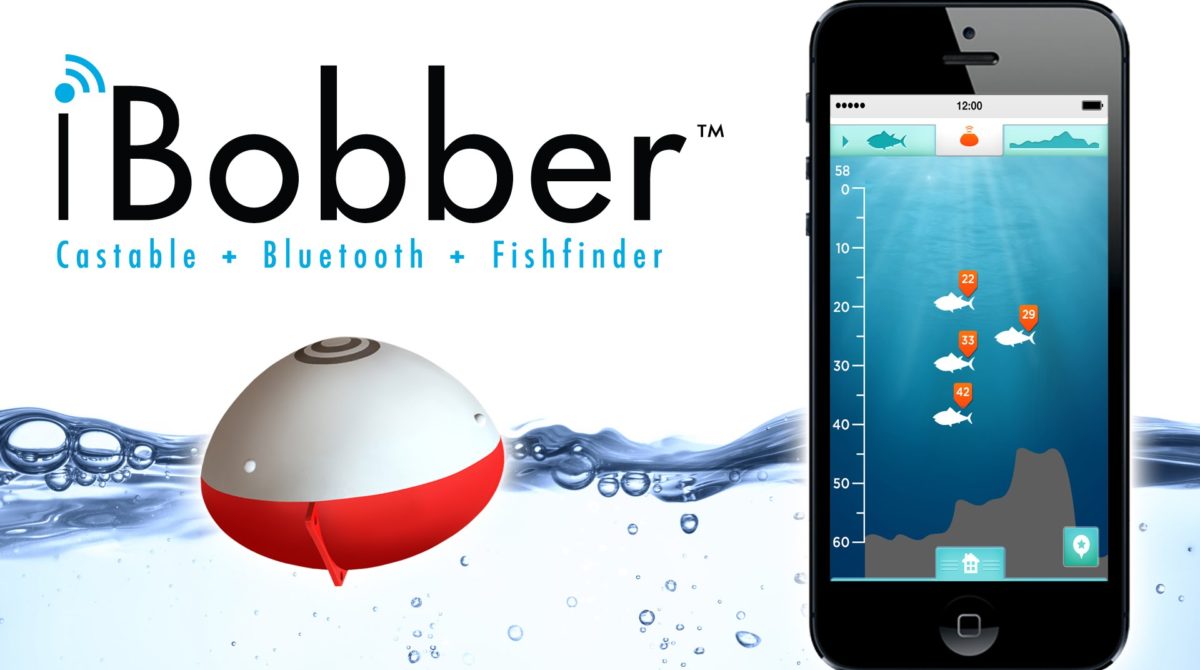After another very successful Tarpon Season I would like to thank everyone that fished when camping this coming year. I work very hard to gain a level of ability that stands apart during my business and to become successful at experienceing the goal of catching fish for my clients. For those who where unable to jump on my book in 2010 I would like to extend an invite to think about my services in the future. As many of you understand it is never to early to book for Tarpon Fishing. I would like everyone to take remember that the 10 hour split trip was popular and quite a few of my trips in which the 10 hour charter. However most everyone who booked this trip requested extended time so take notice for the additional All Day Tarpon Charter trip this upcoming season.
Come on right down to Tarpon Water Sports and plan your following adventure on water! Our availability books quickly so be sure you call today to reserve your Fiesta Pontoon for the entire day whether it is Memorial Day, Labor Day, July 4th or maybe as it would be a Wednesday – it won’t matter. There is always time for fishing or some excitement on the water or near the shore.
On Google Earth, locate: 19.47N and 87.26W. This will generate Punta Allen. Just for the jungle/beach border of the small fishing village, the lodge sits with a beautiful beach that offers views in the Caribbean from all of from the cabanas. From the lodging, you can have a few short paces to snorkel the waters just off from the beach, grab a kayak for a few paddling within the sea or walk more steps inland to have a dip of their water pool.
Inside the Lagoon protected from the various and diverse predators inside the ocean the Tarpon are near the top in the food chain so because of this their proliferation under what must be all-around ideal conditions. They are catchable in a very range between 1 ? 40+ lbs although naturally they exist even smaller, lurking beneath the protection from the Mangroves.
As the day cools down, I have been moving closer to the pepper grass and hydrilla patches. Switching over to creature baits flipping them in and around the pepper grass and hydrilla patches. I normally use a 1/2 oz tungsen weight which has a beaver tail or perhaps a brush hog. I like to punch with the weeds, once it gets really hot out, you must get under those weeds. The setup must be heavy. Make sure you use 40 or 50lbs braid. Ohero is my range of braid. The colors that work well rather well are dark colors. Green pumpkin works really well around too. Now embark on out and catch some Bass!!
